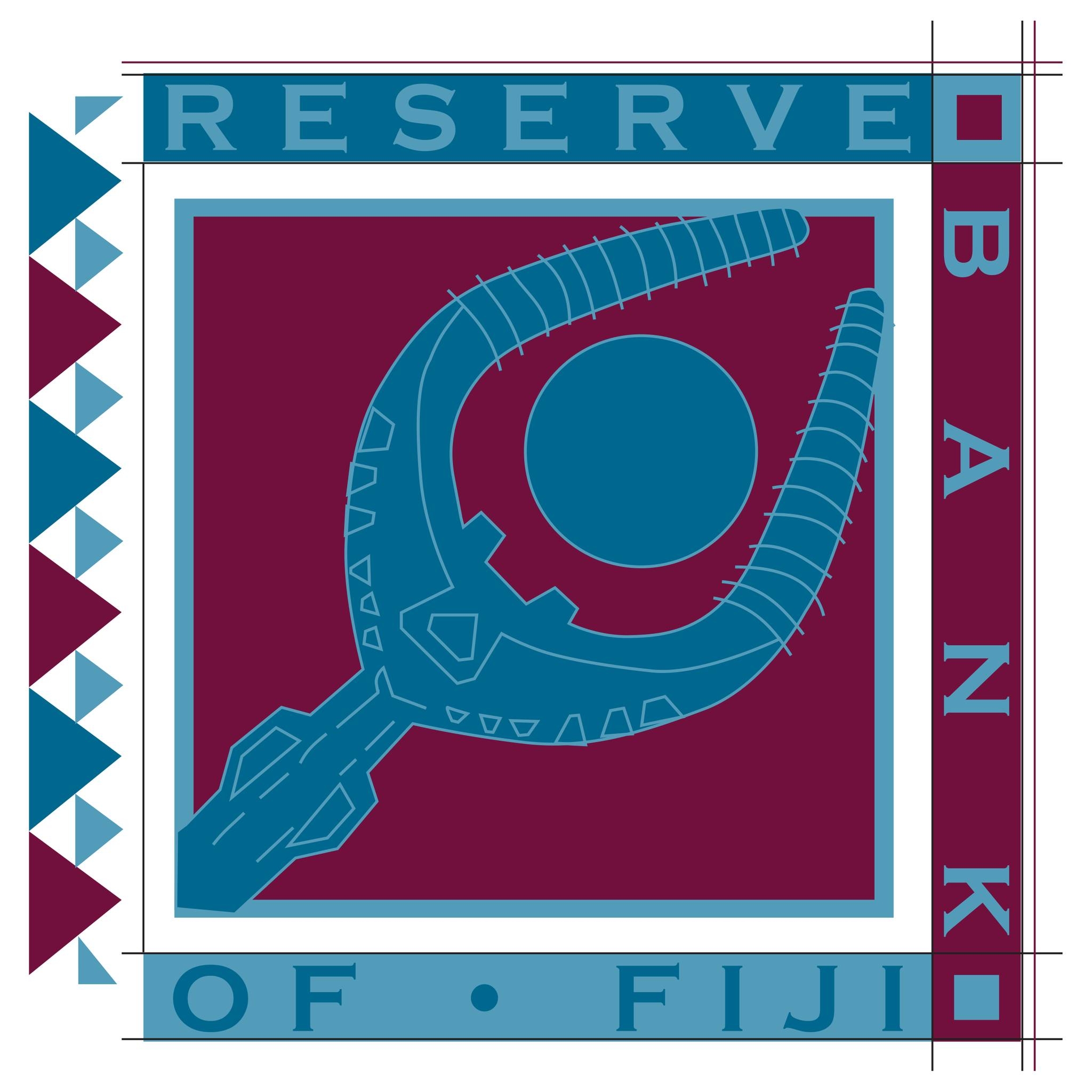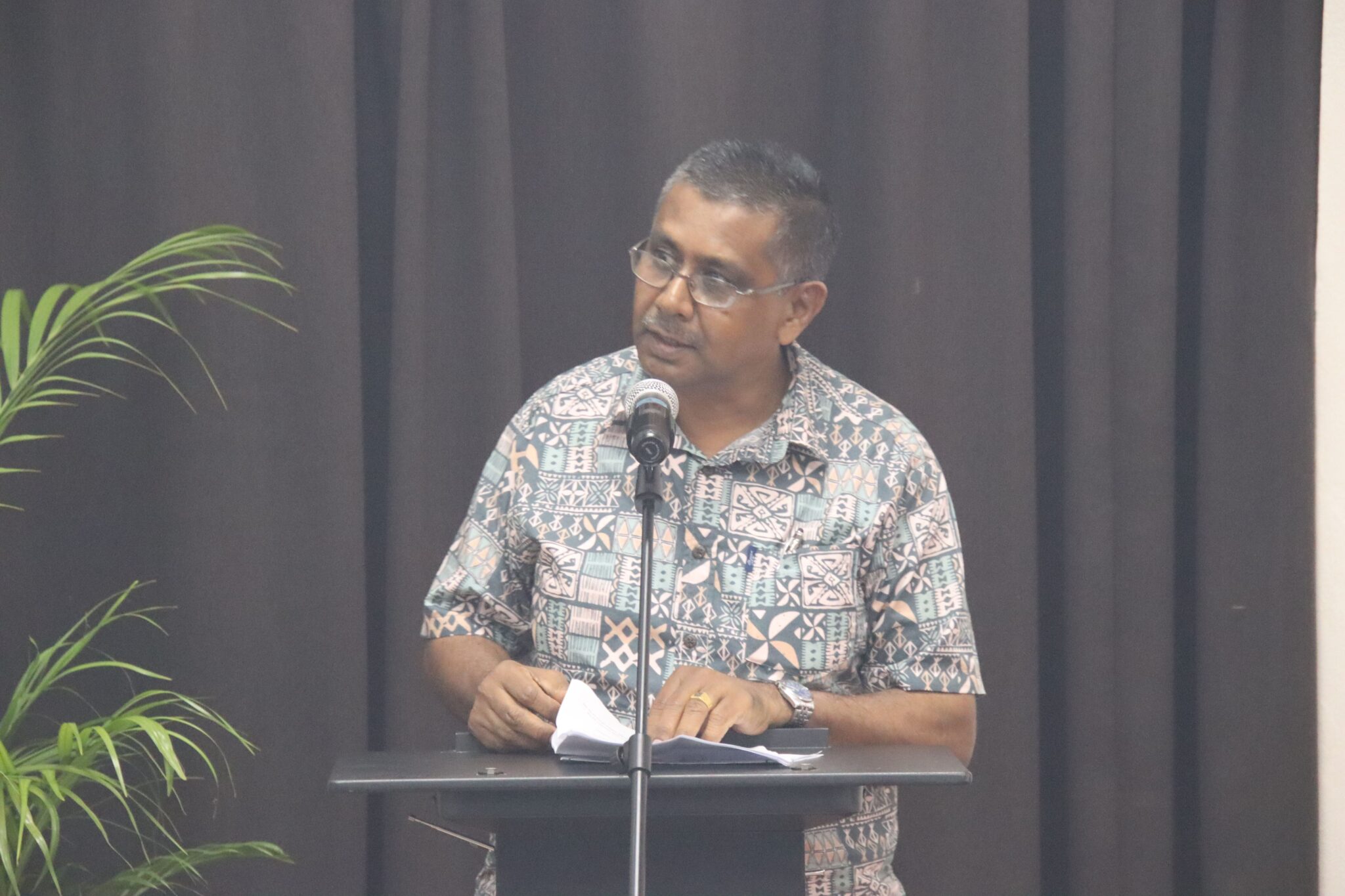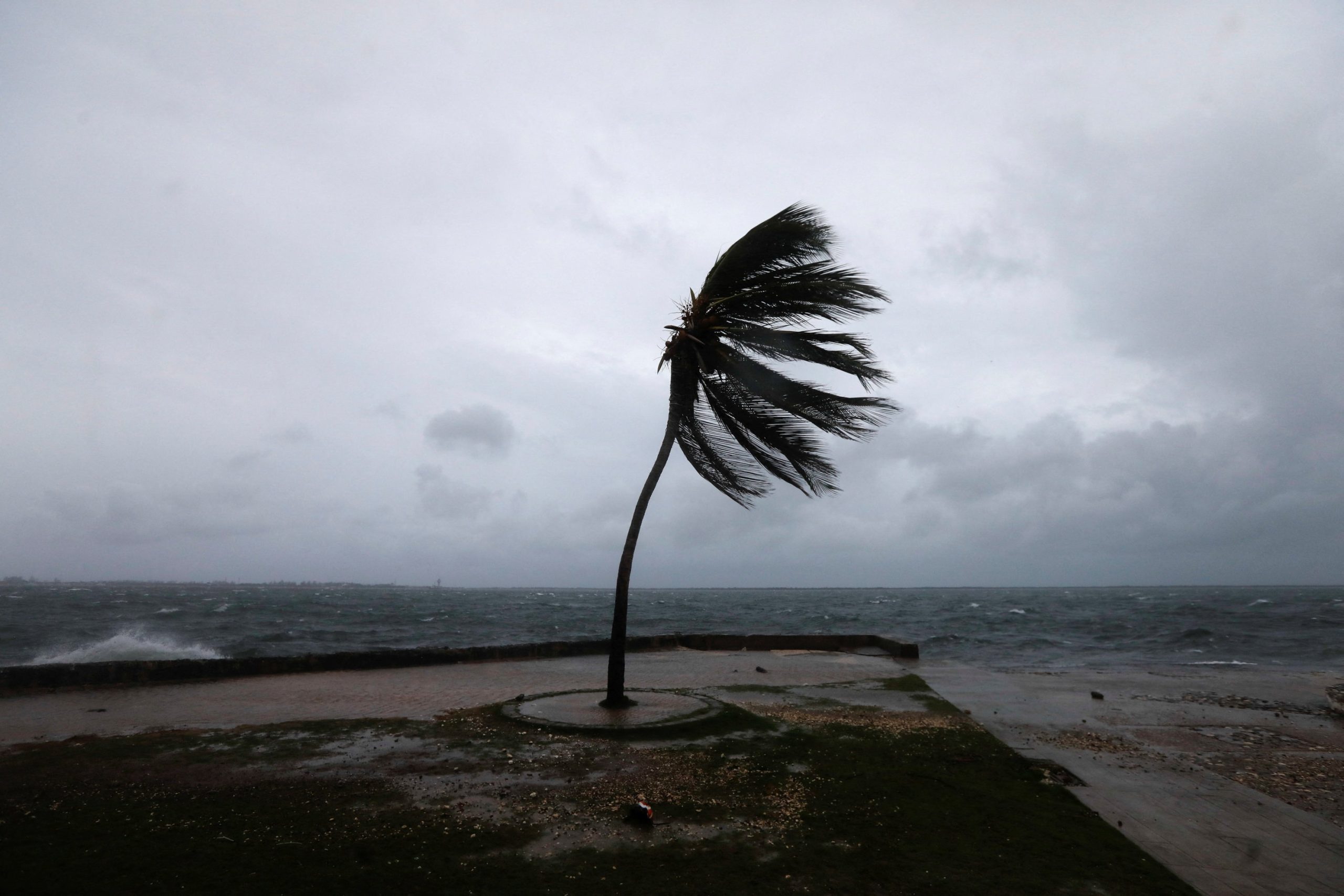Local designer and RES Fiji Fashion International founder Rosie Emberson Semisi has called on funding agencies to consider the uniqueness of the fashion and the creative arts industry when drawing up loans or grant conditions for Micro, Small and Medium Enterprises (MSME).
“I love what’s going on here and we need to have more of this because we need to keep talking,” Semisi said in an interview with The Fiji Times at last week’s inaugural Pacific Entrepreneurial Expo in Suva.
“Remember, these people (financiers) are not designers, they’re not artists, so when they lay out their rules or their requirements and guidelines to us … hello … the creative arts is different.
“I think they need to categorise us and our needs, because we all have unique needs on our own. You can’t get an artist to go to the bank when he’s earning only three times a year during arts exhibitions – the visual artists.
“And when they ask for collateral – he’s a painter. How will you help him with his materials, his ink and his brushes and all that when he sells only two pieces a year? He needs to look for ways to diversify his art into fashion, so those things, you (financier) can help him with it. But you cannot apply the requirements and guidelines for normal businesses with creative arts. So these things need to be revised because if you talk to everyone presenting on the stage today, they really have no idea about the uniqueness of the creative arts and its needs,” Ms Semisi said.
She said the uniqueness of the arts meant that money was not often what was needed when talking about the growth of arts-based businesses.
“We need materials, we need tools, and we need machinery. Of course we need funding but we’re not asking for loans, we need grants. Because someone who is selling two or three paintings a year at $5,000 to $10,000 a piece, has the potential to grow. They can create table settings out of their paintings; they can create garments, T-shirts, sulus. And the same with the crafters and the weavers, they’re able to diversify as well if they want.”
Ms Emberson says her company, RES Fiji Fashion, offers training courses for fashion designers and artists and through these trainings, artisans learn to value add using their work.
“When we talk about fashion, everybody thinks it’s the catwalk, champagne, glitter and glamour. No! There’s jewellery designers, there’s hairdressers and make-ups, there’s song writers, there’s dancers, composers, fashion designers…so it’s really big. And they all have their own unique needs,” she said.
“So I believe we really need to be talking with stakeholders, with funding partners on how we can develop a way forward. How are we going to access the Blue Green Funding when it comes to sustainable textile and sustainable fashion? When you’re talking about the canoes and the cars running on solar, that’s all fine. But how many people are going to be in that field? Look at the SMEs that actually need that Blue Green funding to be able to make more jewellery, to be able to make masi more durable in terms of weddings and work with the hotel industry and promote that to our tourists. It’s all good that you’re talking about solar powered cars and solar powered boats and how you’re going to finance them. But are you going to talk to the grassroots people who use their businesses for everyday living, who use to promote their cultures through the artefacts that they sell to the tourists and the big retailers? The industry is so big. Are you going to help the designers that continue to market and also continue to promote their culture and heritage and their stories through design?”
She said while discussions sponsored by funding agencies around access to finance were important, it was equally crucial for them to listen to those at the receiving end.
“All these requirements and guidelines they have (for funding applications) are so old. They need to revise it to suit the climate, to suit the world and where it is right now and what we are doing. So they need to be talking to us and asking us instead of telling us,” Ms Semisi said.
“I thank the ILO (International Labour Organization) for inviting us and we do need to have more workshops. But the thing is I attended a few in the last few years and it seems to be the same issues all the time. So what I’d like to say is we’d like to see something different in terms of talking with us, with the artisans, with the creative arts, or the representatives in government with us.
“It’s a collective thing so they’re able to come up with something that suits our industry, in terms of funding, in terms of grants,” she said.






